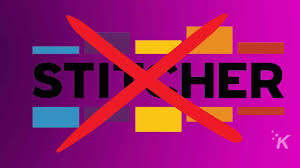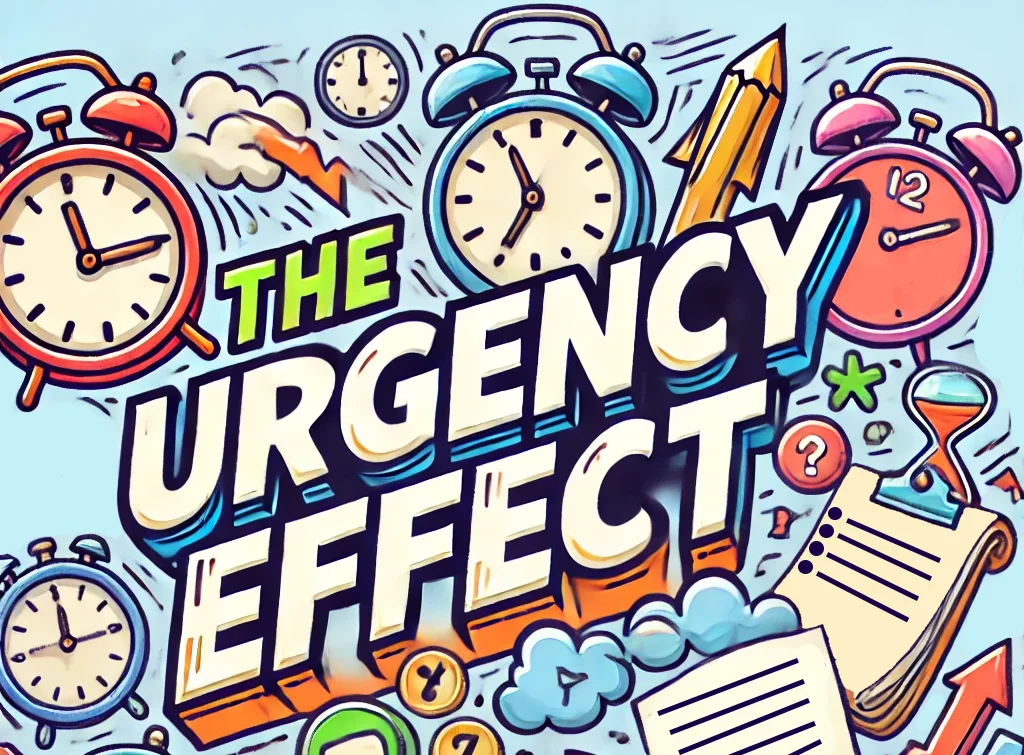News & Blog
How Do I Know When It’s Time to Fire Someone?

For the first two years of Stitcher, I waited too long to fire almost every time. And with almost every one of my first-time CEO clients, I coach them on the same issue. As founders, we’re overoptimistic - it’s in the job description. But when it comes to optimism about people improving, it can be a real detriment.
Keeping the wrong person too long is far more damaging than letting them go too early.
It hurts morale. It slows the company down. It drains you mentally and emotionally.
And sometimes, keeping them “to be nice” is actually the cruelest thing for them, too.
So how do you know when it's time?
1. They Aren’t Meeting the Bar and There’s No Confidence They Will
Every CEO sees people struggle. That’s normal. Struggle isn’t the issue. Trajectory is.
Ask yourself:
- Are they trending up?
- Do you believe they’ll be great in 90 days?
- If you could rebuild the team from scratch tomorrow, would you rehire them?
If the answer is no, repeatedly, you already know.
Your gut isn’t irrational. It’s pattern recognition.
2. You’ve Given Clear Feedback… and Nothing Changed
People don’t get fired because they’re imperfect. They get fired because they didn’t respond to feedback.
Did you:
- Give specific, documented expectations?
- Communicate urgency?
- Offer support or coaching?
- Set a timeline?
If all that happened and they didn’t level up, the decision is already made. You're just delaying the inevitable.
3. Their Presence Creates Drag
Sometimes the work is technically “fine,” but:
- The team avoids working with them
- Energy drops when they enter a meeting
- You find yourself rewriting emails, scripts, plans, everything they touch
- You spend disproportionate time managing them
A players earns you time back. A wrong fit steals it.
If they're draining more energy than they're creating, it’s time.
4. You’re Rationalizing
Listen for these phrases in your head:
- “But they were great early.”
- “But they’re trying hard.”
- “But replacing them will be painful.”
- “What if they bounce back next quarter?”
- “I don’t want to be the bad guy.”
Rationalization is often just fear wearing a mask. Fear of conflict. Fear of judgement. Fear of effort.
Firing someone is hard. Running a company around someone not working out is harder.
5. You Feel Relief Imagining the Team Without Them
This one is uncomfortable but powerful.
Picture Monday morning without this person. Do you feel:
- Relief?
- Clarity?
- Lightness?
Your body often knows before your brain is willing to admit it.
What to Do Once You Realize It’s Time
The goal isn’t speed for speed’s sake. It's alignment and dignity.
- Be honest and direct
- Be compassionate
- Give them support when possible
- Protect the culture of accountability
And most importantly: don’t wait.
The day you know you need to make a change is the day the clock starts ticking. Every extra week you delay, you tax your team, your culture, and your momentum.
A Founder’s Job Is to Build a Team That Wins
Firing someone doesn’t mean you failed them. It means you’re treating your company, your mission, and them with respect.
Sometimes the most caring thing you can do is help someone get to the place where they can actually thrive. And sometimes that place just isn’t with you.
.png)



